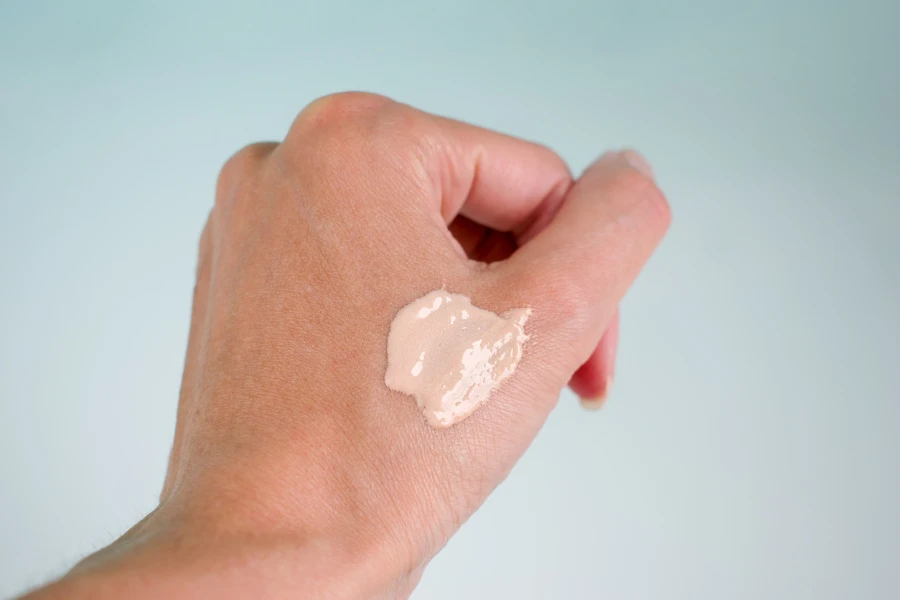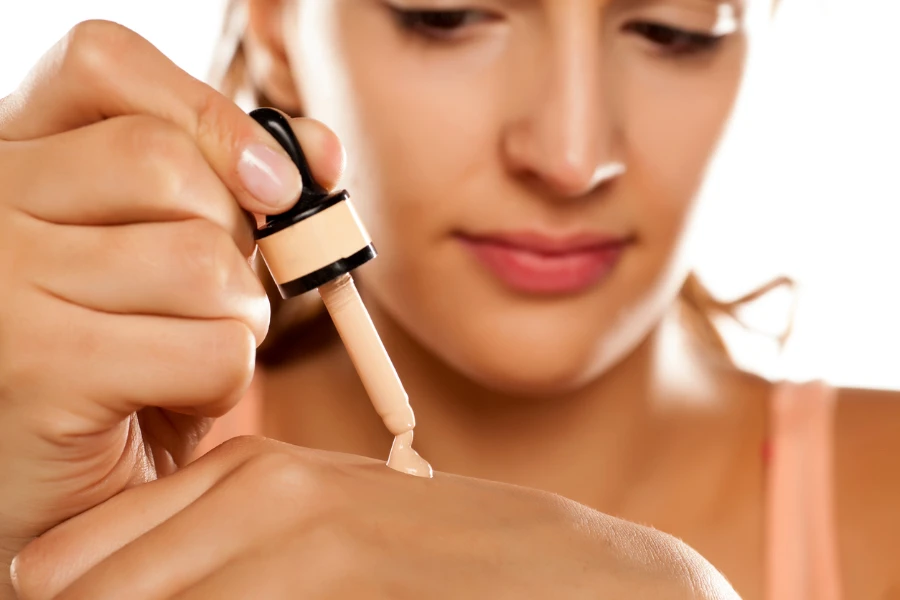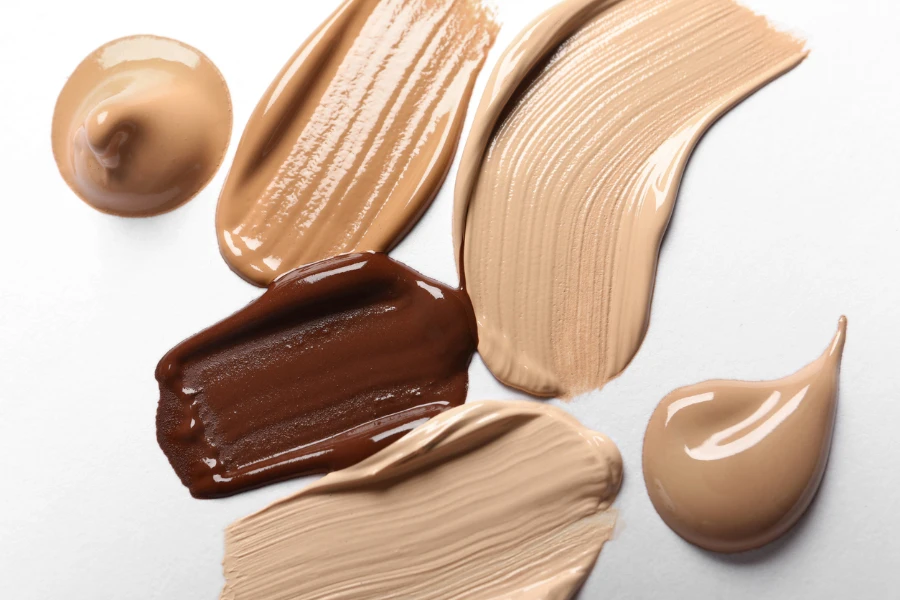Navigating the vast landscape of face foundation can be overwhelming, yet it’s a crucial step in crafting the perfect makeup look. Foundations serve not only as the canvas for your beauty routine but also play a pivotal role in enhancing your natural beauty and addressing specific skin concerns. This article aims to demystify the world of face foundations, offering insights into types, application techniques, skin tone matching, ingredients to look for, and common mistakes to avoid. Whether you’re a makeup novice or a seasoned enthusiast, this guide will equip you with the knowledge to make informed choices about face foundation.
Table of Contents:
– Understanding different types of face foundation
– Mastering the art of foundation application
– Finding your perfect foundation match
– Key ingredients in face foundation
– Common foundation mistakes and how to avoid them
Understanding different types of face foundation

The journey to finding your ideal face foundation begins with understanding the different types available. Liquid foundations are popular for their versatility, catering to a range of skin types from dry to oily. Powder foundations, on the other hand, are favored for their ease of application and ability to provide a matte finish, ideal for those with oilier skin. Cream foundations offer high coverage and a dewy finish, perfect for dry skin or those looking to conceal blemishes and imperfections. Lastly, stick foundations are celebrated for their convenience and portability, making them a great option for touch-ups on the go.
Each type of foundation has its unique benefits and application methods. Liquid foundations, for example, can be applied with a brush, sponge, or fingers, allowing for customizable coverage from sheer to full. Powder foundations are best applied with a fluffy brush, offering a lightweight, buildable coverage. Understanding the characteristics and best practices for each foundation type will empower you to make choices that best suit your skin’s needs and your personal preferences.
Mastering the art of foundation application

Achieving a flawless foundation application is as much about technique as it is about the product. Preparing your skin is the first critical step; a well-moisturized and primed face provides a smooth canvas for foundation. When applying foundation, start from the center of your face and blend outward, ensuring an even coverage without harsh lines. Tools play a significant role in the application process. Brushes offer precision, sponges deliver a seamless blend, and fingers can provide a natural, skin-like finish.
Layering is another essential aspect of foundation application. Begin with a light layer and build coverage only where needed. This approach prevents cakiness and maintains a natural look. Additionally, setting your foundation with a powder or setting spray can extend its longevity and maintain your desired finish throughout the day. Mastering these techniques will enhance your foundation’s performance, leaving you with a beautiful, lasting base.
Finding your perfect foundation match

One of the most challenging aspects of using foundation is finding the perfect shade match. Skin tone, undertones, and personal preferences all play a role in this decision. To start, determine whether your skin has cool, warm, or neutral undertones. This understanding will narrow down your options and guide you toward shades that complement your natural complexion.
When testing foundation shades, always swatch on your jawline and check the color in natural light for the most accurate representation. It’s also important to consider how the foundation oxidizes, or changes color, after application. Testing samples and allowing them to sit on your skin for a few hours can provide insight into how the foundation will wear throughout the day. Remember, the goal is to enhance your natural skin, not mask it, so finding a close match is key.
Key ingredients in face foundation

The composition of your foundation can significantly impact its performance and how it interacts with your skin. Ingredients such as hyaluronic acid and glycerin are beneficial for dry skin, offering hydration and a plump, dewy finish. For oily skin, look for foundations containing silica or titanium dioxide, which help absorb excess oil and minimize shine. Sensitive skin types should seek out foundations with minimal ingredients, free from fragrances and irritants.
In addition to functional ingredients, many foundations now include skincare benefits, such as SPF, antioxidants, and anti-aging properties. These added benefits can protect your skin from environmental stressors and support its overall health. However, it’s crucial to be mindful of potential allergens and conduct a patch test when trying a new foundation, especially for those with sensitive skin.
Common foundation mistakes and how to avoid them

Even with the right foundation, common application mistakes can hinder achieving a flawless finish. One frequent error is not allowing skincare products to fully absorb before applying foundation, leading to pilling or uneven texture. Another mistake is using the wrong tools or techniques for the foundation formula, resulting in streaks or patchiness.
To avoid these pitfalls, give your skincare routine time to penetrate the skin fully before foundation application. Choose tools that complement your foundation’s formula and your desired finish, and don’t be afraid to experiment to find what works best for you. Lastly, regular cleaning of your application tools can prevent the buildup of bacteria and ensure a smooth, hygienic application process.
Conclusion:
Face foundation is a cornerstone of any makeup routine, offering the potential to transform and enhance your natural beauty. By understanding the different types, mastering application techniques, finding your perfect match, paying attention to ingredients, and avoiding common mistakes, you can achieve a flawless, radiant complexion. Remember, the journey to finding the right foundation is personal and may require patience and experimentation. Empowered with this knowledge, you’re well on your way to discovering the foundation that works best for you.



